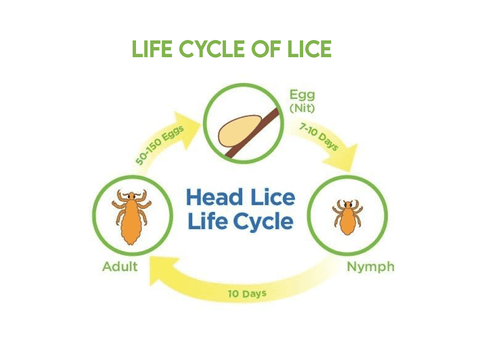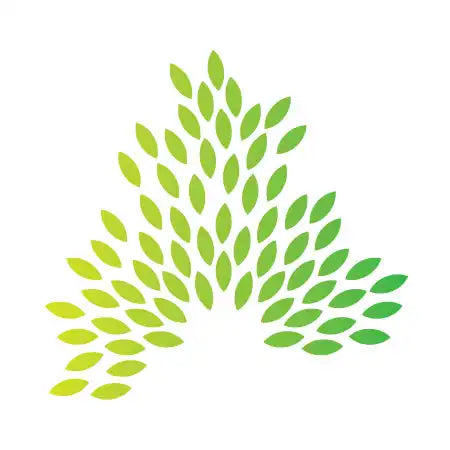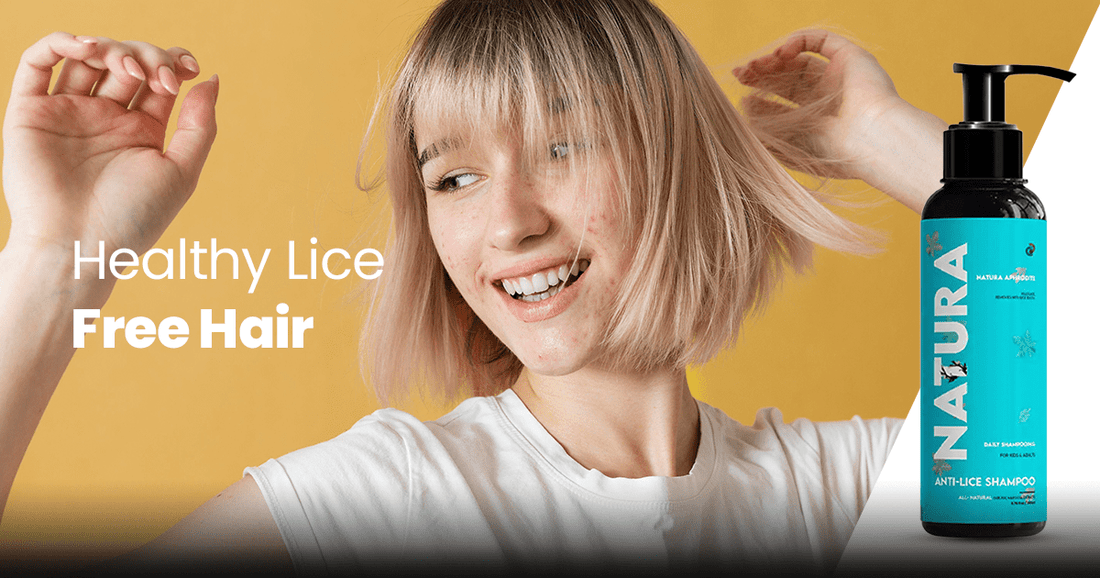Dealing with lice can be a stressful ordeal, but achieving healthy, lice-free hair is entirely possible with the right knowledge and tools. Battling head lice is a common yet daunting challenge many face, particularly in households with school-aged children. The key to overcoming this is not just in treating lice but in understanding their lifecycle, prevention, and the correct use of treatments.
Understanding Lice
Understanding lice is fundamental in effectively preventing and treating infestations. These tiny parasites can cause discomfort and distress but knowing their characteristics and life cycle can empower you to tackle them head-on.
What Are Lice?
Lice are small, wingless insects that feed on human blood, thriving on the scalp. The most common type found in hair is the head louse, scientifically known as
Pediculus humanus capitis.
Despite their tiny size, lice can lead to significant irritation, characterized by an itchy scalp resulting from an allergic reaction to their saliva.
The Life Cycle of Lice
Lice go through three main stages in their life cycle:
Nit (Lice Egg):
Nits are lice eggs laid close to the scalp for warmth, appearing like tiny white specks attached to hair shafts. They hatch in about 7 to 10 days.
Nymph:
The newly hatched nymph is essentially a smaller version of an adult louse. Nymphs mature into adults within 7 days, feeding on blood to survive.
Adult Louse:
An adult louse is roughly the size of a sesame seed and can be tan to grayish-white. Female lice can lay up to 8 nits per day, living around 30 days on a host.

How Lice Spread
Contrary to popular belief, lice cannot jump or fly; they spread through direct contact. This often occurs through head-to-head contact, such as when children play closely or share a pillow. Indirect transmission via shared items like hats, brushes, or headphones is less common but still possible.
Recognizing a Lice Infestation
The primary symptom of a lice infestation is an itchy scalp, which is an allergic reaction to louse bites. Other signs include:
- Visible nits attached to hair, particularly around the ears and neckline.
- The presence of live lice, though they can be hard to spot due to their small size and quick movement.
- Sores or redness on the scalp from scratching.
Choosing Your Anti-Lice Shampoo
Selecting the right tools in your anti-lice arsenal is crucial for effectively combating lice infestations. The market is flooded with various products, each with its own set of active ingredients and application methods.

Special Considerations for Children and Sensitive Scalps
For babies, young children, or those with sensitive scalps, gentler formulations are recommended:
Wet Combing:
This non-chemical method involves using a fine-toothed nit comb on wet, conditioned hair to manually remove lice and nits. While time-consuming, it's safe for all ages.
Herbal and Essential Oil-Based Shampoos:
Products containing tea tree oil, neem oil, or lavender oil can offer a natural alternative to chemical treatments, though their efficacy may vary, and they should be used cautiously due to potential allergic reactions.
Choosing the Right Product
When selecting an anti-lice shampoo, consider the following factors:
Age and Scalp Sensitivity:
Choose a product suitable for the age of the person being treated and their skin sensitivity. Always read the label for age recommendations and contraindications.
Level of Infestation:
Severe infestations might require stronger, possibly prescription-based treatments, while milder cases may be effectively managed with over-the-counter options.
Preferential Treatment Approach:
Decide whether you prefer a chemical or a non-chemical treatment based on personal or family health considerations.
Ease of Use and Application Time:
Some treatments require prolonged application or multiple treatments, so consider what fits best into your routine.
Application Techniques
Effectively applying anti-lice shampoo is crucial for successful lice treatment. The process involves more than just washing the hair; it's about ensuring the product reaches the scalp and hair roots where lice and nits reside.
Step-by-Step Guide to Applying Anti-Lice Shampoo
Application:
Apply the anti-lice shampoo evenly across the scalp. Use enough product to cover the entire head, focusing on areas where lice are most commonly found, such as behind the ears and at the nape of the neck.
Massage:
Gently massage the shampoo into the scalp and along the hair shafts. This helps the product penetrate the areas where lice and nits are present. Be thorough but gentle to avoid irritating the scalp.
Waiting Period:
Leave the shampoo on for the amount of time specified in the product instructions. This usually ranges from 10 to 15 minutes.
Rinsing:
Rinse the hair thoroughly with warm water until all the shampoo is washed out. Ensure no residue is left, as it could irritate the scalp.
Combing:
After rinsing, while the hair is still wet, use a fine-toothed lice comb to remove dead lice and nits. Divide the hair into sections and comb from the scalp to the ends of the hair.
Side Effects
While anti-lice shampoos are effective in combating lice infestations, they can sometimes lead to side effects, especially in individuals with sensitive skin or allergies to certain ingredients.
Common Side Effects of Anti-Lice Shampoos
Skin Irritation:
Some individuals may experience redness, itching, or a burning sensation on the scalp or surrounding skin.
Allergic Reactions:
Ingredients in anti-lice shampoos, particularly those with strong chemicals, can trigger allergic reactions in some people, characterized by more severe skin irritation, rash, or hives.
Dryness and Brittleness:
The potent ingredients designed to kill lice can also strip the hair of its natural oils, leading to dry, brittle hair.
Eye Irritation:
Accidental contact with the eyes can cause irritation, redness, and discomfort due to the harsh chemicals in some shampoos.
Conclusion
Achieving healthy, lice-free hair is a journey that involves more than just treating an active infestation. It encompasses a holistic approach to hair and scalp care, integrating effective treatment options with preventive measures and routine maintenance. By selecting the right anti-lice products, applying them correctly, and addressing any side effects with care, individuals can effectively manage and overcome lice outbreaks. Ultimately, the key to maintaining lice-free hair lies in education, diligence, and a commitment to ongoing scalp health, empowering individuals to enjoy the confidence and comfort of a lice-free life.



